A Page From North Quabbin History: Petersham Poor Farm
| Published: 11-07-2023 5:00 PM |
By Carla Charter
Work is being done to preserve the site of the Poor Farm in Petersham. The cellar holes of the building and barn still exist, as does the paupers cemetery and monument to the indigent buried there.
“We have gone out once with the loppers, chainsaws, cleaning brush within the foundations and clearing the cemetery...It will be a long-term project keeping this area clear,” said Petersham Historical Society member Paul Williams, who lives in Petersham and grew up in Barre.
The Petersham Poor Farm had its beginnings in 1826, when it was voted by Town Meeting to approve a committee to develop a permanent residence for the town’s paupers. In 1827, Town Meeting attendees voted to purchase a 179-acre farm owned by Major John Wilson in the northeastern section of town, which would become the Poor Farm in the northeastern section of town, which would become the Poor Farm, according to an article entitled “Remembering the Forgotten: A History of the Petersham Poor Farm 1826-1905” by Christine Mandel, published in the spring-summer 2010 Petersham Historical Society newsletter.
Those living in the Poor Farm, according to Mandel’s article, included men, women, widows, children, elderly, as well as the mentally ill and those with physical disabilities. If a resident was able-bodied they were expected to work to offset some of the cost of the care. Poor Farm residents worked at a variety of tasks, including the making and selling of butter, farming the land, logging the forests, repairing roads and making palm leaf hats and other household items.
In 1838, the town paupers cemetery was developed, according to Mandel’s article. The Historical Society, according to Wilson, is researching records of the Poor Farm in its archives to try to identify the names of those who are buried there.
“We know they were paupers that were buried there,” he said.
Mandel’s article said several residents who were buried there were also listed in town reports of that time. The monument to mark the paupers cemetery was placed there in 1913.
Article continues after...
Yesterday's Most Read Articles
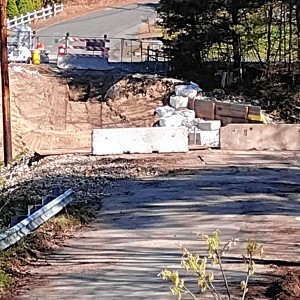 Work on Pinedale Avenue Bridge connecting Athol and Orange to resume
Work on Pinedale Avenue Bridge connecting Athol and Orange to resume
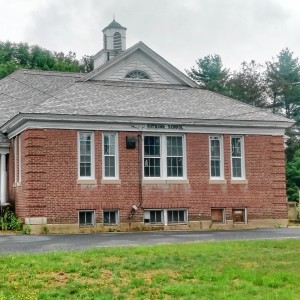 $700K debt exclusion would fund repairs to Raymond Hall
$700K debt exclusion would fund repairs to Raymond Hall
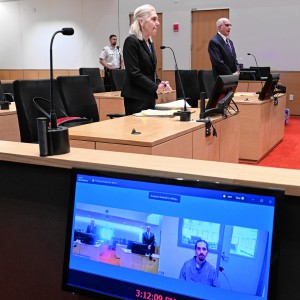 Lawyer argues Joshua Hart’s 2018 conviction for Orange murder had inconsistent verdicts
Lawyer argues Joshua Hart’s 2018 conviction for Orange murder had inconsistent verdicts
 UMass basketball: Minutemen nab another transfer in Arizona State forward Akil Watson
UMass basketball: Minutemen nab another transfer in Arizona State forward Akil Watson
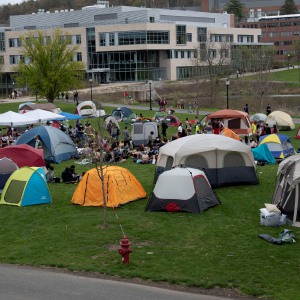 More than 130 arrested at pro-Palestinian protest at UMass
More than 130 arrested at pro-Palestinian protest at UMass
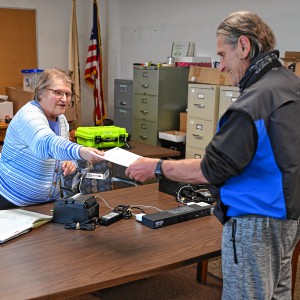 Erving voters say ‘no’ to $3.7M debt exclusion
Erving voters say ‘no’ to $3.7M debt exclusion
By the late 1800s, the responsibility for the impoverished had shifted to the county and state, according to Mandel’s article. In 1922, the article stated, those who attended Town Meeting decided to sell some of the property to the Petersham Country Club. Three years later the town voted to designate the wooded portion of the remaining land as Petersham Town Forest, now a part of Harvard Forest.
Another project the society is working on, according to Wilson, is scanning in and digitizing the society’s holdings, for which they have purchased a computer to assist. The society is always looking for new members and is hoping to inspire a new generation of Petersham residents who are interested in preserving the town’s history. Those interested in joining the society or helping with the Poor Farm project can email petershamhistorical@gmail.com.
Carla Charter is a freelance writer from Phillipston. Her writing focuses on the history of the North Quabbin area. Contact her at cjfreelancewriter@earthlink.net.


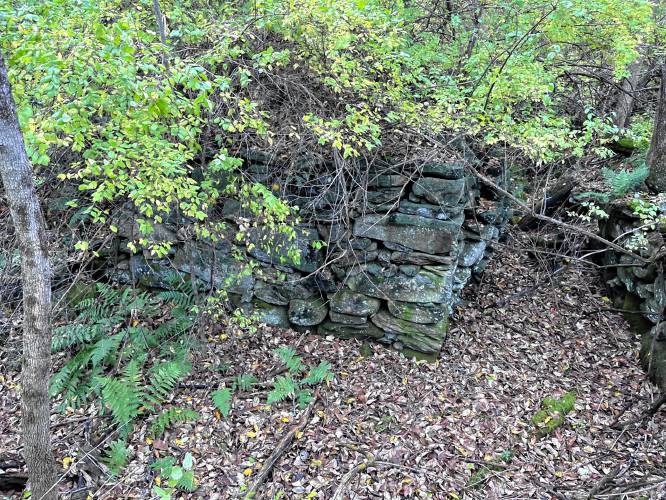
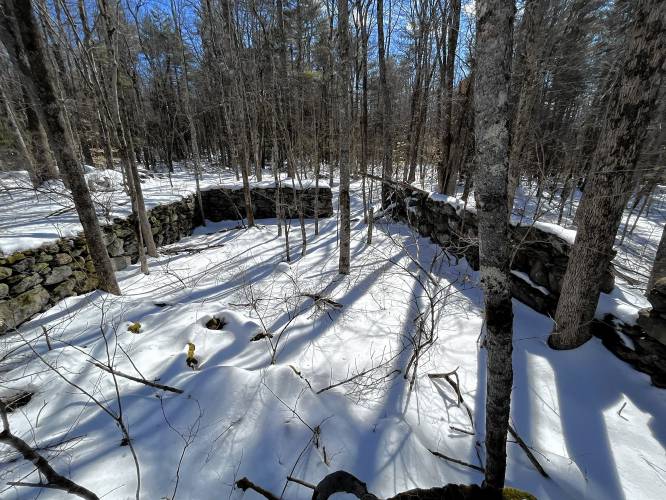
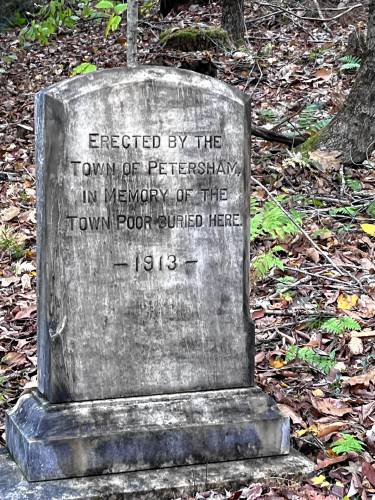
 Sportsman’s Corner: The quest for the Super Slam
Sportsman’s Corner: The quest for the Super Slam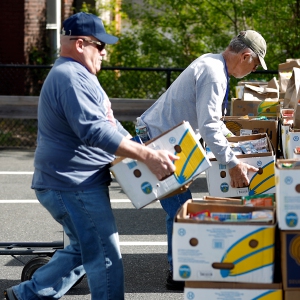 Annual ‘Food-A-Thon’ returns
Annual ‘Food-A-Thon’ returns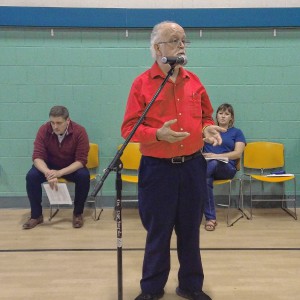 Erving Town Meeting voters back Care Drive housing project
Erving Town Meeting voters back Care Drive housing project North Quabbin Notes, May 9
North Quabbin Notes, May 9